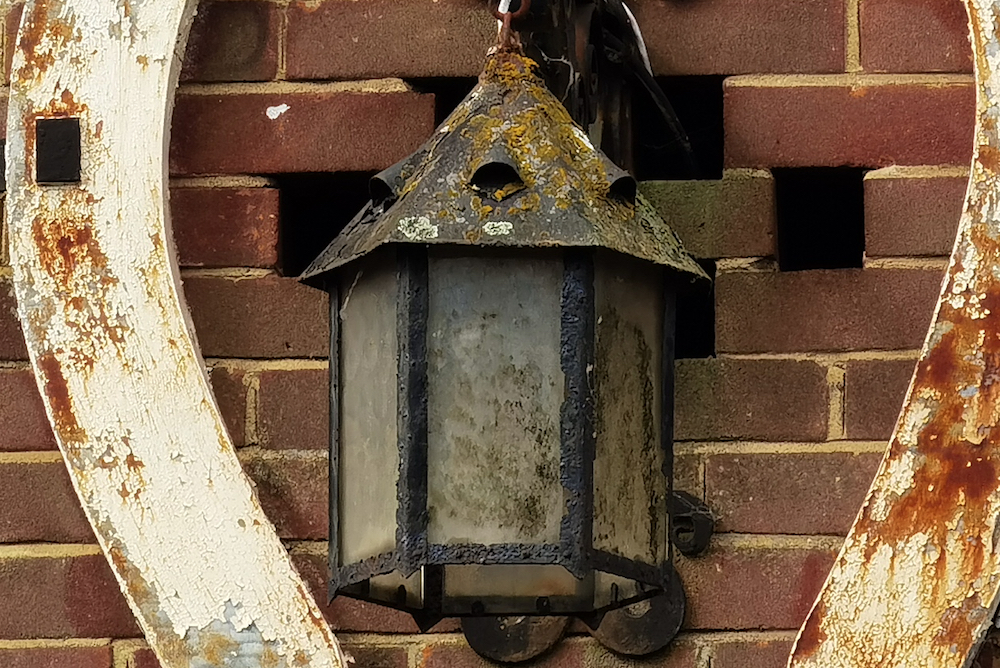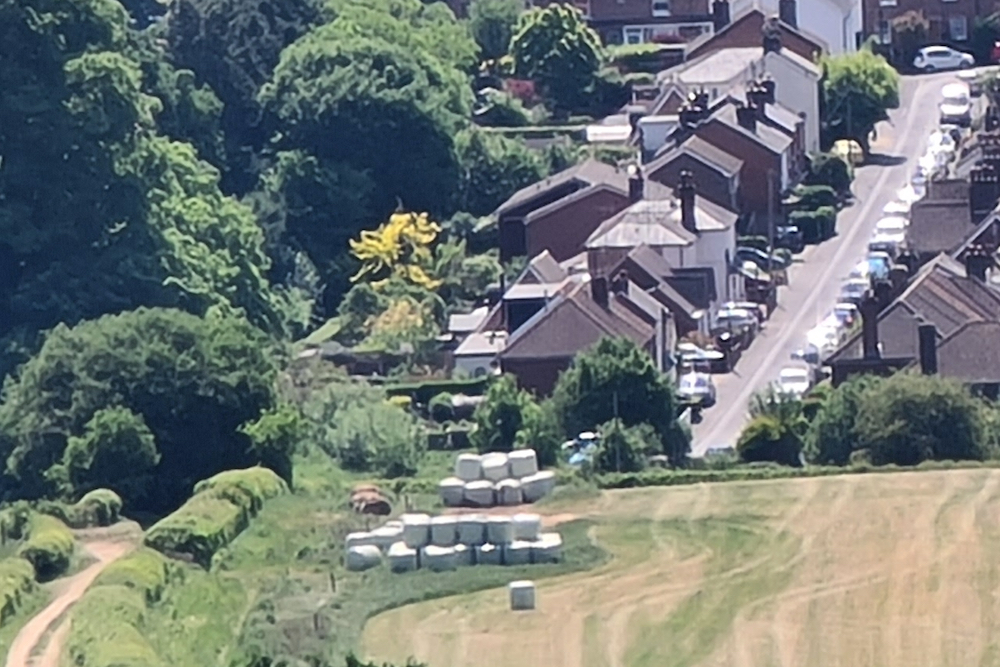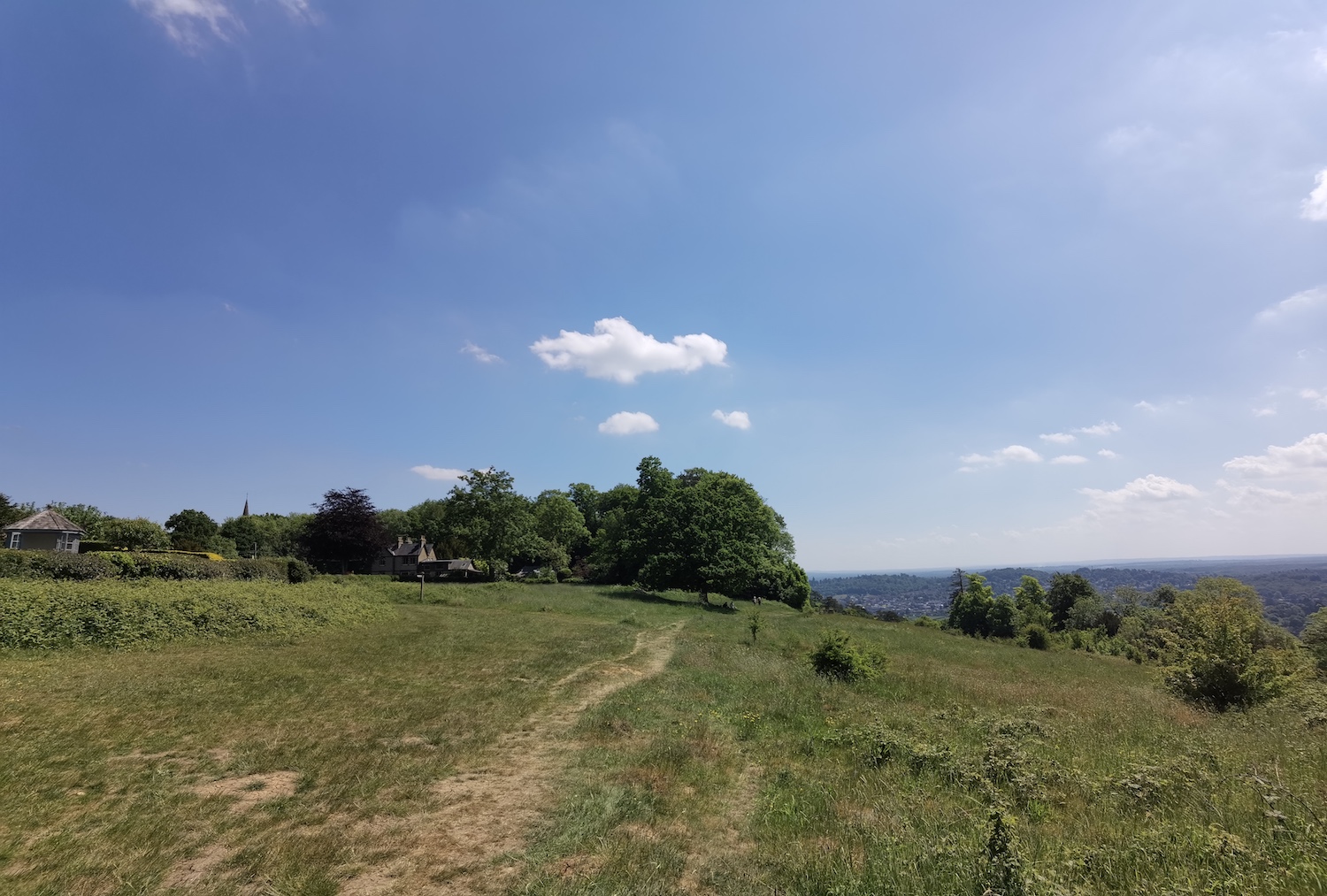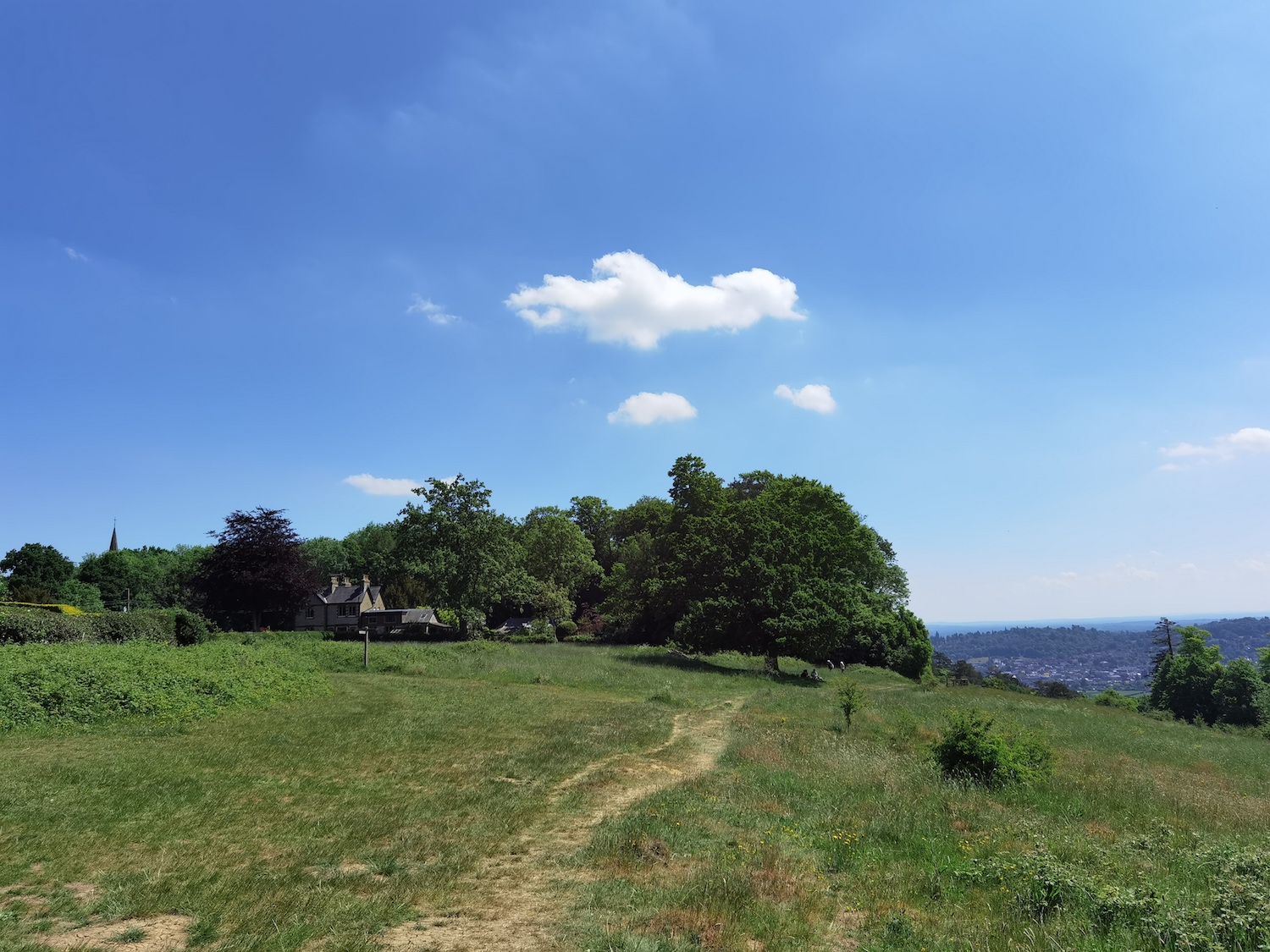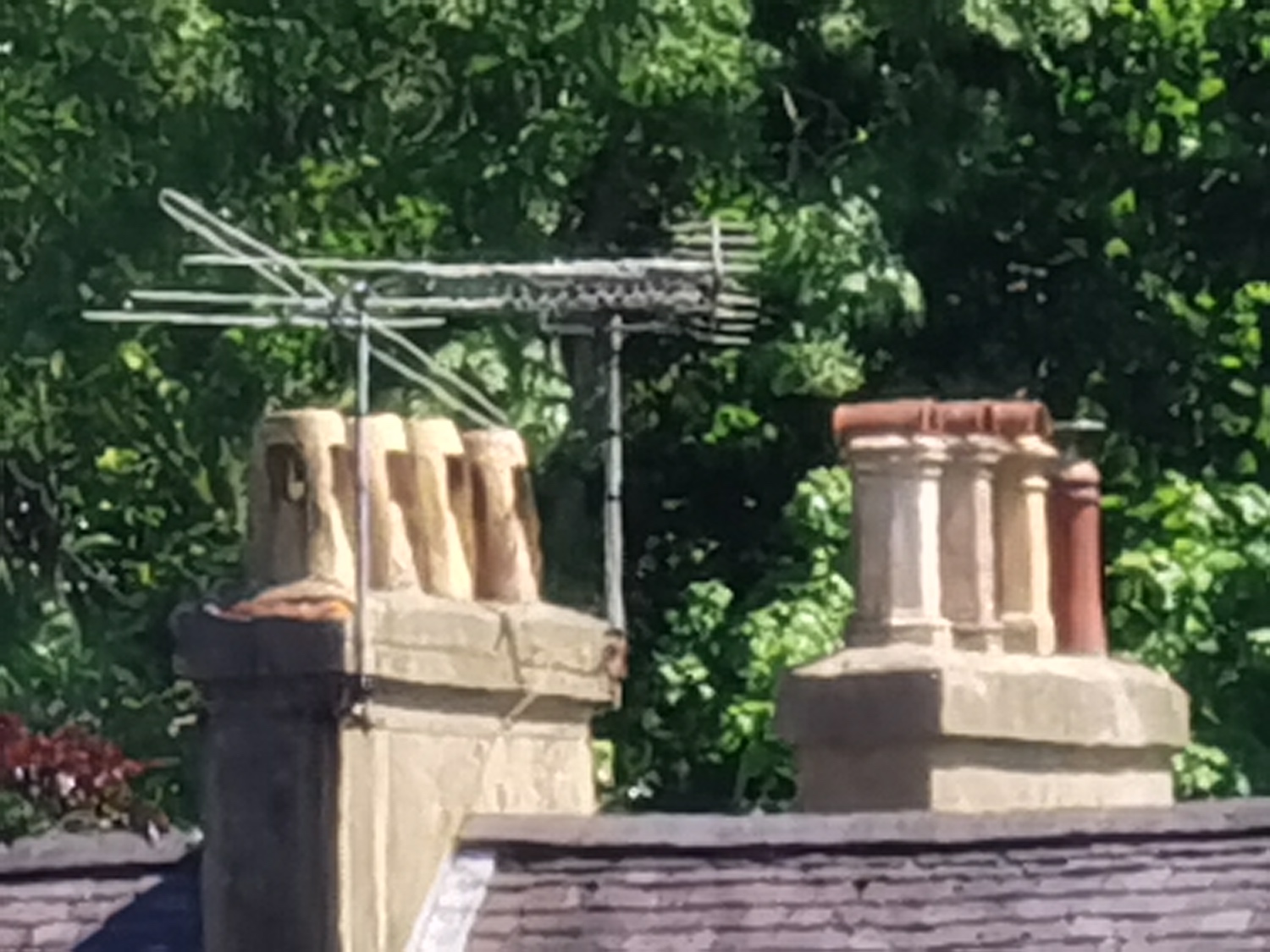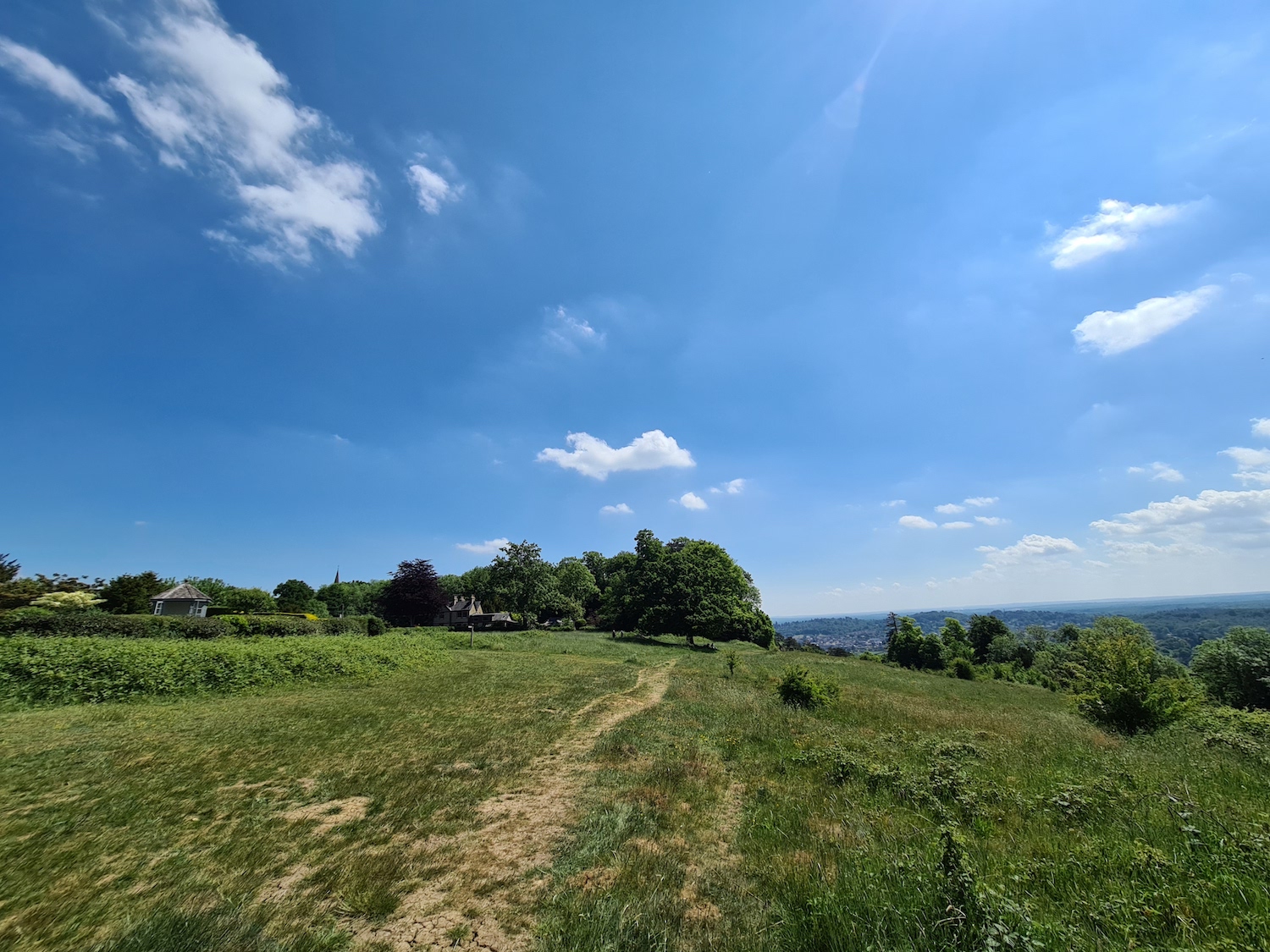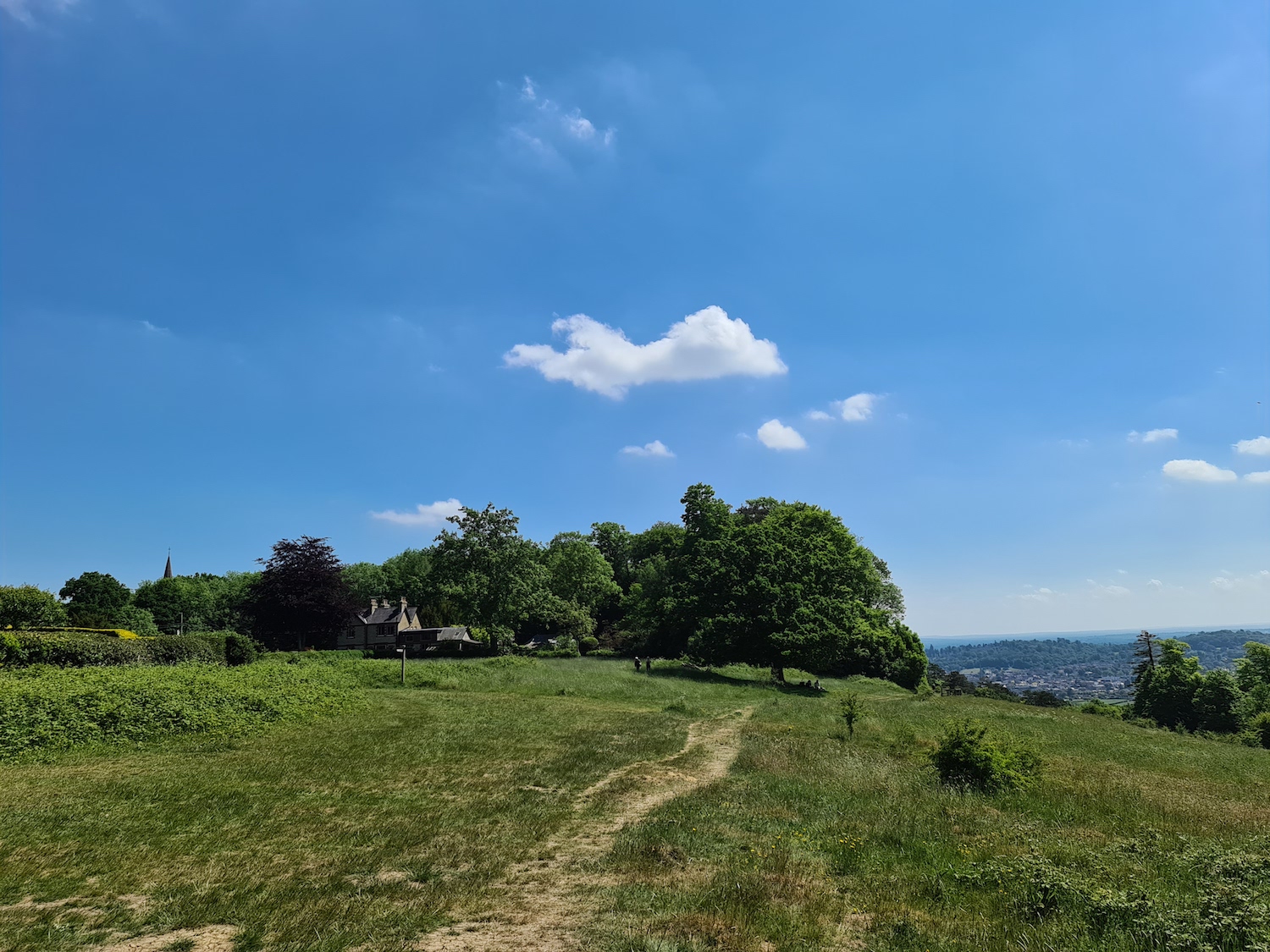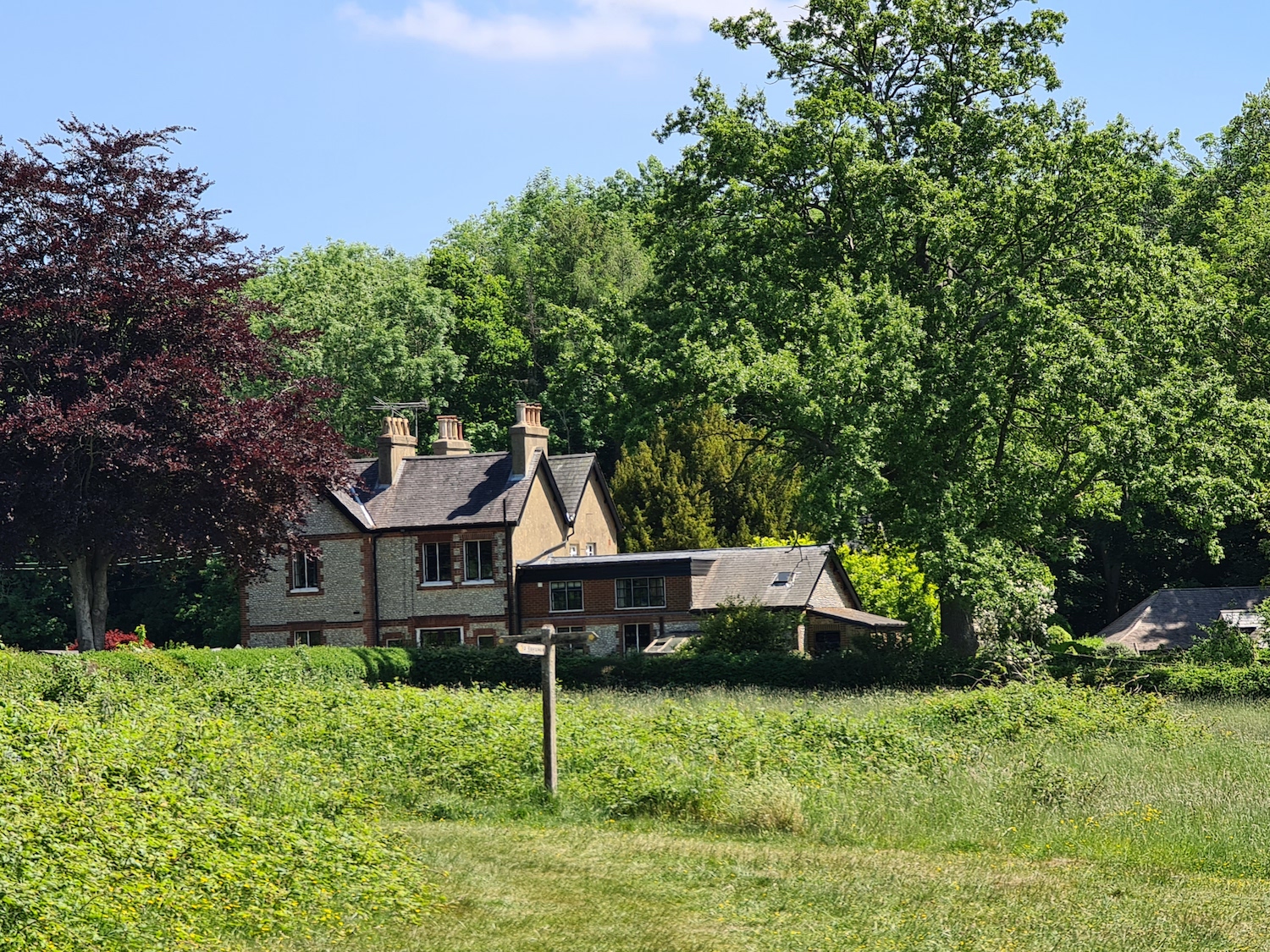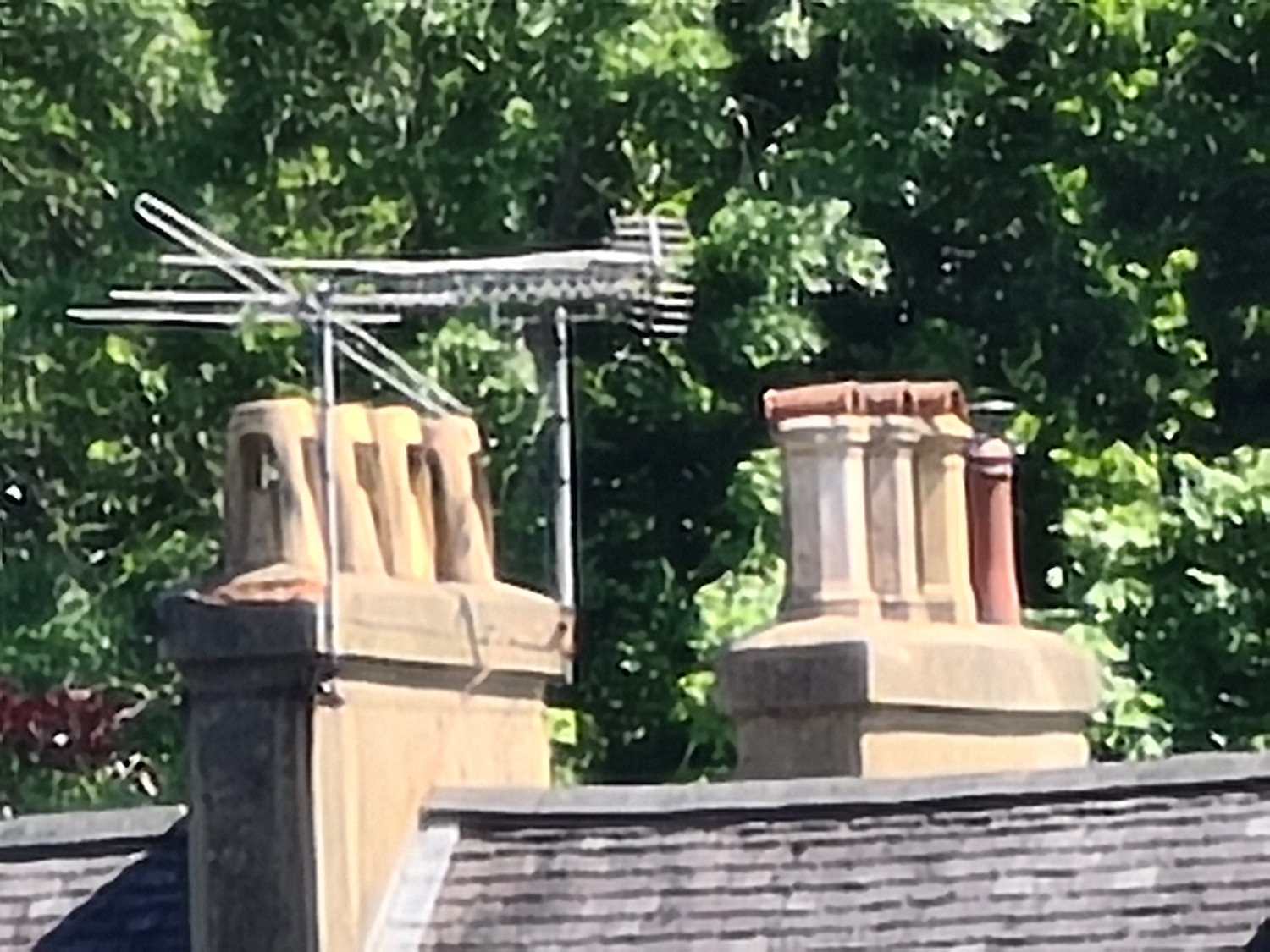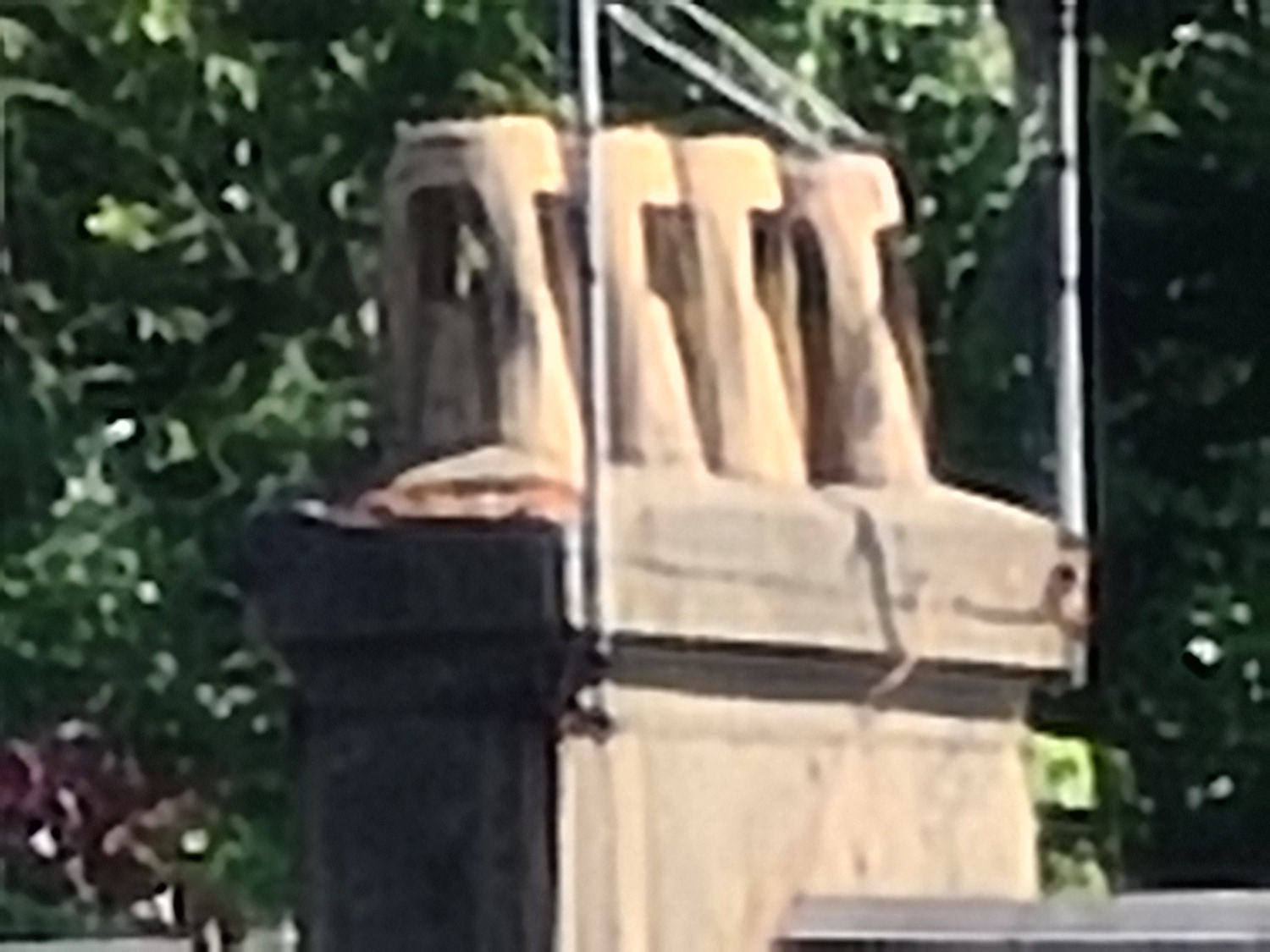There was a time when the zoom feature on your smartphone’s camera would never be used, because the quality was mostly awful. This has changed over the past year or so, as optical and hybrid zooms have become a must-have feature, complementing wide-angle sensors to create a versatile and compelling camera system in your pocket.

Huawei has led the way in phone camera zoom technology since the introduction of the P30 Pro, with its astonishing 10x hybrid zoom and 50x digital zoom, but the competition is quickly catching up. Samsung recently went all-in on the zoom feature with the Galaxy S20 Ultra, which is capable of taking photos at up to 100x zoom.
Now the Huawei P40 Pro is here, with its second-generation periscope zoom and artificial intelligence (A.I.) that can make the photos look better on the fly. Can Huawei retain its crown as the king of zoom, or has Samsung created a class-leading zoom camera with the Galaxy S20 Ultra? I took these two phones out over the course of a few days to find out.
Cameras
We’ll get to the photos in a moment. Let’s examine the hardware first.

Huawei P40 Pro: 50-megapixel f/1.9 Ultra Vision sensor, 40-megapixel f/1.8 Ultra-wide Cine Camera, and 12-megapixel f/3.4 SuperSensing telephoto camera. There’s also a 3D Depth sensor, plus optical and artificial intelligence-driven stabilization. All this enables a 5x optical zoom, a 10x hybrid zoom, and a 50x maximum digital zoom.

Samsung Galaxy S20 Ultra: 108-megapixel f/1.8 sensor, 12-megapixel f/2.2 ultra-wide sensor, and 48-megapixel f/3.5 telephoto camera. The module also contains a DepthVision sensor, plus optical image stabilization. Samsung’s camera takes 5x optical zoom shots, 10x hybrid zoom photos, and up to 100x digital zoom images.
For this test. we concentrated on photos taken with the zoom lens, and added in some standard, bokeh, night, and wide-angle shots for comparison. Examining the video capabilities and other special features was beyond the scope of this test, but you can see other examples of how the cameras perform individually in our review of both.
5x optical zoom
- 1. Samsung Galaxy S20 Ultra 5x Zoom
- 2. Huawei P40 Pro 5x Zoom
The first preset zoom setting in both apps takes the camera to 5x optical zoom, meaning it uses the periscope zoom lens and software tweaks to create the photo. Although 5x zoom gets in very close to a subject, it’s likely to be one that’s used often just because of quick access in the camera app. The horseshoe and lantern in this sign, along with the brickwork around it, have a wonderful patina, and it’s the camera’s job to capture it all in detail.
The Galaxy S20 Ultra delivers a bluer sky than the P40 Pro, and has a brighter ambiance generally. Look at the weathering on the bricks in the S20 Ultra’s photo, for example. It’s an attractive photo, as is the P40 Pro’s, and it’s only when you start looking closely that the differences start to appear.
- 1. Samsung Galaxy S20 Ultra 5x Zoom Crop
- 2. Huawei P40 Pro 5x Zoom Crop
Crop the image down to the lantern and the astonishing level of detail in the Huawei photo becomes clear. The lichen on the top surface is clear and detailed, and the black metalwork’s age is obvious. The S20 Ultra captures most of this too, but with less detail and clarity. The brick work in the P40 Pro’s photo is super-sharp too. This difference in detail gives the P40 Pro’s photo more atmosphere, in my opinion.
Winner: Huawei P40 Pro
10x hybrid zoom
- 1. Samsung Galaxy S20 Ultra 10x Zoom
- 2. Huawei P40 Pro 10x Zoom
The Galaxy S20 Ultra’s camera app provides quick access to wide-angle, standard, and 5x zoom control in the viewfinder, but requires you to select 10x through a supplementary menu. The P40 Pro adds a 10x zoom quick access button to the main controls. This is a hybrid shot, meaning it uses the periscope zoom, digital zoom, and artificial intelligence to create the final image.
There’s a big difference between the green colors on display here. The S20 Ultra is surprisingly dark, and the photo doesn’t really portray how wonderful the day was when this picture was taken. The plowed field looks drier and less attractive in the S20 Ultra’s photo compared to the P40 Pro’s. In reality, the field looked somewhere in-between these two photos.
- 1. Samsung Galaxy S20 Ultra 10x Zoom Crop
- 2. Huawei P40 Pro 10x Zoom Crop
Crop the image down into the houses and street and there are far fewer differences here than with the 5x zoom photo. The P40 Pro’s photo looks slightly overexposed, while the S20 Ultra’s is darker and a little more drab. It’s a really tough call to choose between them, but the P40 Pro’s better colors and minor increases in detail give it the win.
Winner: Huawei P40 Pro
Magpie at 10x hybrid zoom
- 1. Samsung Galaxy S20 Ultra 10x Zoom
- 2. Huawei P40 Pro 10x Zoom
Capturing shots that would otherwise be unobtainable is the best part of a highly capable zoom camera. This magpie was resting in the hot sun, and was a good 20 meters away from me at the time. If I got any closer, it would have flown away.
Just as before, the P40 Pro’s photo has a slightly higher level of detail and brighter greens, while the gravel in the background looks more realistic in the S20 Ultra’s photo. Also, more of the bushes in the background are visible. I’m going to call this one a draw, because it’s designed mostly to illustrate why you may want a good zoom camera on your smartphone.
Winner: Draw
Wide-angle
- 1. Samsung Galaxy S20 Ultra Wide-angle
- 2. Huawei P40 Pro Wide-angle
Zoom out on both phones and you get a wide-angle photo. The P40 Pro’s wide-angle field of view is not as wide as the S20 Ultra’s, which you can see in the example photo here. The Samsung camera increases the saturation dramatically, amping up the blue sky and the green grass, and deepening the shadows at the same time. The P40 Pro goes for a more natural look that is more balanced.
- 1. Samsung Galaxy S20 Ultra Wide-angle Crop
- 2. Huawei P40 Pro Wide-angle Crop
It’s when you crop down that the differences really show up, just as in previous photos, but perhaps to an even greater degree. The church in the S20 Ultra’s photo lacks detail and does get a little pixelated around the windows. The church in the P40 Pro’s photo is pin-sharp. Even allowing for the difference in field-of-vision, the P40 Pro is in a class of its own, from the smooth blue sky to the detail on the cars in front of the church.
Winner: Huawei P40 Pro
50x zoom
- 1. Samsung Galaxy S20 Ultra 50x Zoom
- 2. Huawei P40 Pro 50x Zoom
This is the maximum zoom level for the P40 Pro, but the S20 Ultra can go even further to 100x zoom. This shot was taken standing in the same position as the wide-angle shot above, and is of a fixture on the church’s spire.
Neither “wins” as both are equally terrible, and photos no one would ever want to share or look at again. Interestingly, both are very similar in terms of detail, although the darker P40 Pro image holds slightly more atmosphere than the S20 Ultra’s.
There’s no winner here.
Winner: Draw
100x zoom

The Samsung Galaxy S20 Ultra can take photos at 100x zoom, while the P40 Pro cannot. The question then becomes, is it a feature you would want, and is it a reason to choose the Galaxy S20 Ultra? The answer to these questions is no. Definitely no. The photo above is of the same church fixture seen in the 50x zoom pictures. It’s awful. Let’s move on.
Wide-angle to full zoom
This test shows photos taken at wide-angle, standard, 5x, 10x, 50x, and in the case of the Galaxy S20 Ultra, 100x zoom.
Let’s take a look at the P40 Pro’s collection. While broadly similar to the S20 Ultra’s, the colors are all more natural and, as has been demonstrated in the photos above, there is much more detail up to 5x. At 10x and 50x, there are fewer differences.
Taken as a whole, the S20 Ultra’s photos are instantly shareable up to 10x zoom, and the standard camera takes bright, dynamic, and colorful photos. I also like the consistency of colors and dynamic range between all the photos. And there isn’t the dramatic alteration in tone between wide-angle and standard as you see on the P40 Pro. The decision on which is “better” will be somewhat subjective, however, I’d prefer to have the P40 Pro in my pocket, based on the additional detail captured by the camera.
Winner: Huawei P40 Pro
Aperture mode vs. Live Focus
- 1. Samsung Galaxy S20 Ultra Live Focus Mode
- 2. Huawei P40 Pro Aperture Mode
These two modes produce a fake bokeh blurred background effect, and can be used to isolate things and people in a shot. The Huawei phone also has a separate Portrait mode for taking similar shots of people specifically. Both of these photos are great, with the camera recognizing the glass and not blurring anything inside. It also neatly isolates it from the white background.
It’s very close, but the edge detection in the P40 Pro photo is just that little bit more defined, and the definition of the hairs on the leaves is a tiny bit sharper, The win has to go to the Huawei phone, however, I’d be happy to share either of these images.
Winner: Huawei P40 Pro
Low light indoors
- 1. Samsung Galaxy S20 Ultra Night Mode
- 2. Huawei P40 Pro Night Mode
These two shots were taken indoors at 9:15 p.m., without any lights on, and only ambient light coming through the window. The results are very different and there is a clear winner.
The P40 Pro’s brighter, lighter shot has masses of detail compared to the slightly noisy S20 Ultra photo. Take a look at the Tokyo plaque on the front of the model, which is clear and sharp in the P40 Pro’s photo, and the difference in the red, white, and blue colors too, which are far more realistic in the Huawei photo.
Both cameras require Night mode to be activated separately in the app menu, and each image here was captured with a 5-to-7-second exposure, handheld. Huawei’s software and A.I. prowess shines through.
Winner: Huawei P40 Pro
Conclusion
There are eight scored categories here. The Huawei P40 Pro took the win in six of them, and the other two were draws.
Despite this, it hasn’t utterly dominated the S20 Ultra, as most categories were very close. Examining the images shows just how much more detail is captured by the P40 Pro’s camera. The higher saturation levels and harsher treatment of shadows in the S20 Ultra’s photos has worked against it here, as it loses out to the P40 Pro’s more delicate, balanced touch.
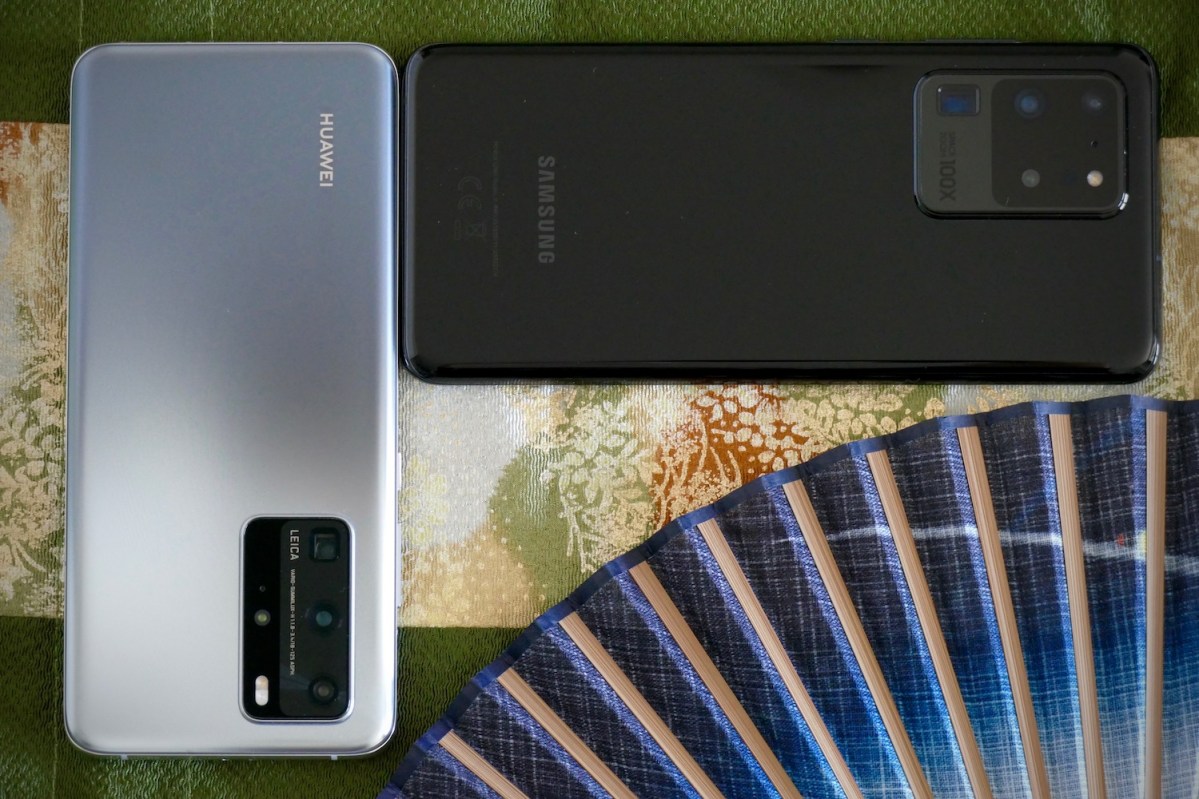
At the beginning of this comparison, we asked if the P40 Pro would stay at the top of the heap when it came to zoom cameras on a smartphone, and the answer is absolutely yes. However, it’s also clear that anything over a 10x hybrid zoom is a gimmick, and not a mode anyone will use to seriously take photos to share or look at again. This is applicable to the P40 Pro’s 50x zoom and the Galaxy S20 Ultra’s 100x zoom.
Does all this mean you should buy the P40 Pro over the Galaxy S20 Ultra? There are numerous other major considerations to take into account before making that decision, and we urge you to take a look at our in-depth complete reviews of each before opening up your wallet, bt judged solely on the camera, the P40 Pro is the one to choose.



